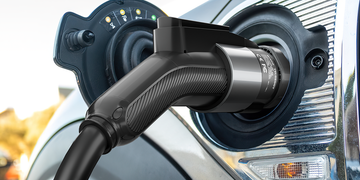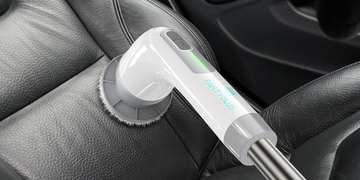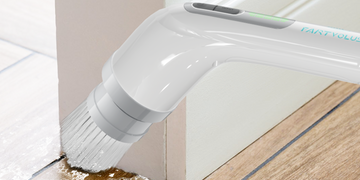What is the best outlet for a Level 2 charger? Level 2 chargers are more robust and require an equally robust power outlet. This means they require 240-volt outlets. This jump is a necessary part of delivering a sufficient amount of electricity that Level 2 chargers need to operate. Outlets at this level include the NEMA 14-30, 14-50, 10-30, 10-50, and 6-50.
Among the various charging options available, Level 2 charging stands out as a reliable and faster alternative for EV owners. However, the choice of outlet for a Level 2 charger can significantly impact its performance and compatibility. So, what is the best outlet for a Level 2 charger? Let's delve into the intricacies of this essential question.
Understanding Level 2 Charging
Before we dissect outlet options, let's grasp the fundamentals of Level 2 charging. Unlike standard Level 1 charging, which operates on a 120-volt household outlet, Level 2 chargers require a higher voltage input of 240 volts. This higher voltage allows for faster charging, making Level 2 chargers a preferred choice for many EV owners, especially those with longer daily commutes.
Outlet Options for Level 2 Chargers
NEMA 14-50 Outlet: Perhaps the most widely used outlet for Level 2 chargers is the NEMA 14-50 outlet. This outlet, commonly found in residential settings, is akin to those used for electric stoves and recreational vehicles (RVs). Its configuration includes two hot wires, a neutral wire, and a ground wire, offering compatibility with a wide range of Level 2 chargers.
NEMA 6-50 Outlet: Similar to the NEMA 14-50 but lacking the neutral wire, the NEMA 6-50 outlet provides a simpler configuration. While not as versatile as the 14-50, it remains a viable option for Level 2 charging, particularly in setups where the neutral wire is unavailable or unnecessary.
Hardwired Installation: Alternatively, some Level 2 chargers can be hardwired directly into the electrical system, bypassing the need for an outlet altogether. This installation method offers a streamlined and permanent solution, ideal for homeowners seeking a dedicated charging setup.

Telgeoot Level 2 EV Charger
· EV Charger Evse Sae J1772, Nema 14-50 Plug
· Up to 44 mi of range added per hour at 11KW / 48 amp output
· Auto-sensing handle to open charge port
· Monitor and manage your charging schedule and usage from the Tesla app
· Wi-Fi connectivity for over-the-air updates, remote diagnostics and access controls
· Versatile indoor / outdoor design
· Variable amperage configurations depending on installation location
· Power-share with up to six Wall Connectors
· 20-foot cable length
· One-year warranty for residential use
Factors to Consider
When selecting the best outlet for your Level 2 charger, several factors warrant consideration:
Electrical Capacity: Ensure your home's electrical system can support the increased voltage requirements of a Level 2 charger. Consulting with a qualified electrician is crucial to assess your electrical capacity and make any necessary upgrades.
Charging Speed: While Level 2 chargers offer faster charging compared to Level 1, the charging speed can vary depending on factors such as the charger's power rating and the vehicle's onboard charger capacity. Opting for a higher-amperage outlet, such as the NEMA 14-50, can enhance charging speed.
Future-Proofing: Consider future EV purchases and evolving charging standards when choosing an outlet. Selecting a versatile outlet like the NEMA 14-50 ensures compatibility with a wide range of EVs and minimizes the need for future upgrades.
In the quest for the best outlet for a Level 2 charger, there is no one-size-fits-all solution. The optimal outlet choice depends on various factors, including your electrical setup, charging requirements, and long-term goals. Whether opting for the versatile NEMA 14-50 outlet, the simplified NEMA 6-50 outlet, or a hardwired installation, consulting with a knowledgeable electrician is essential to ensure a safe and efficient charging experience.





